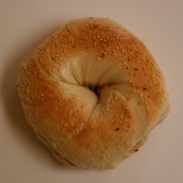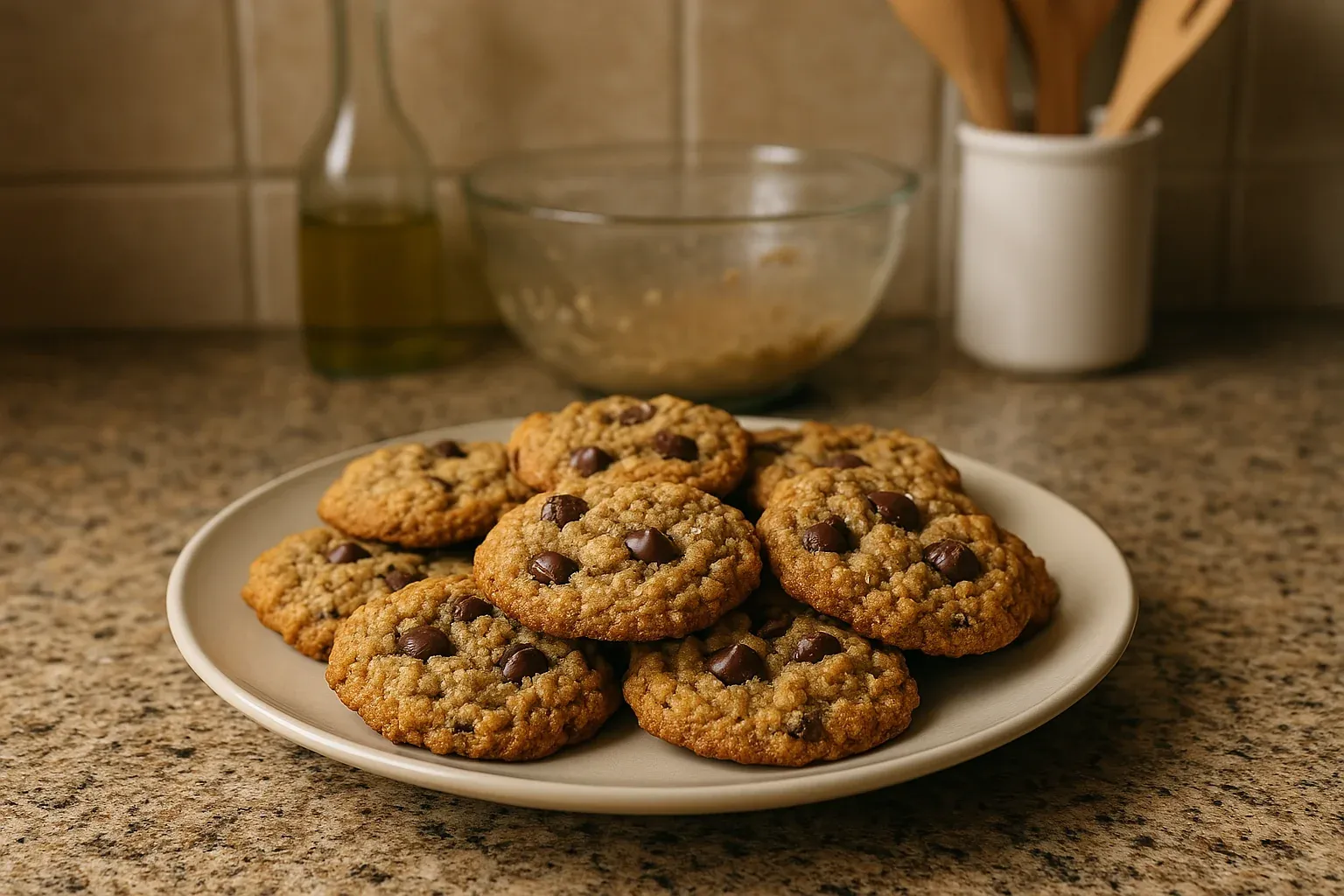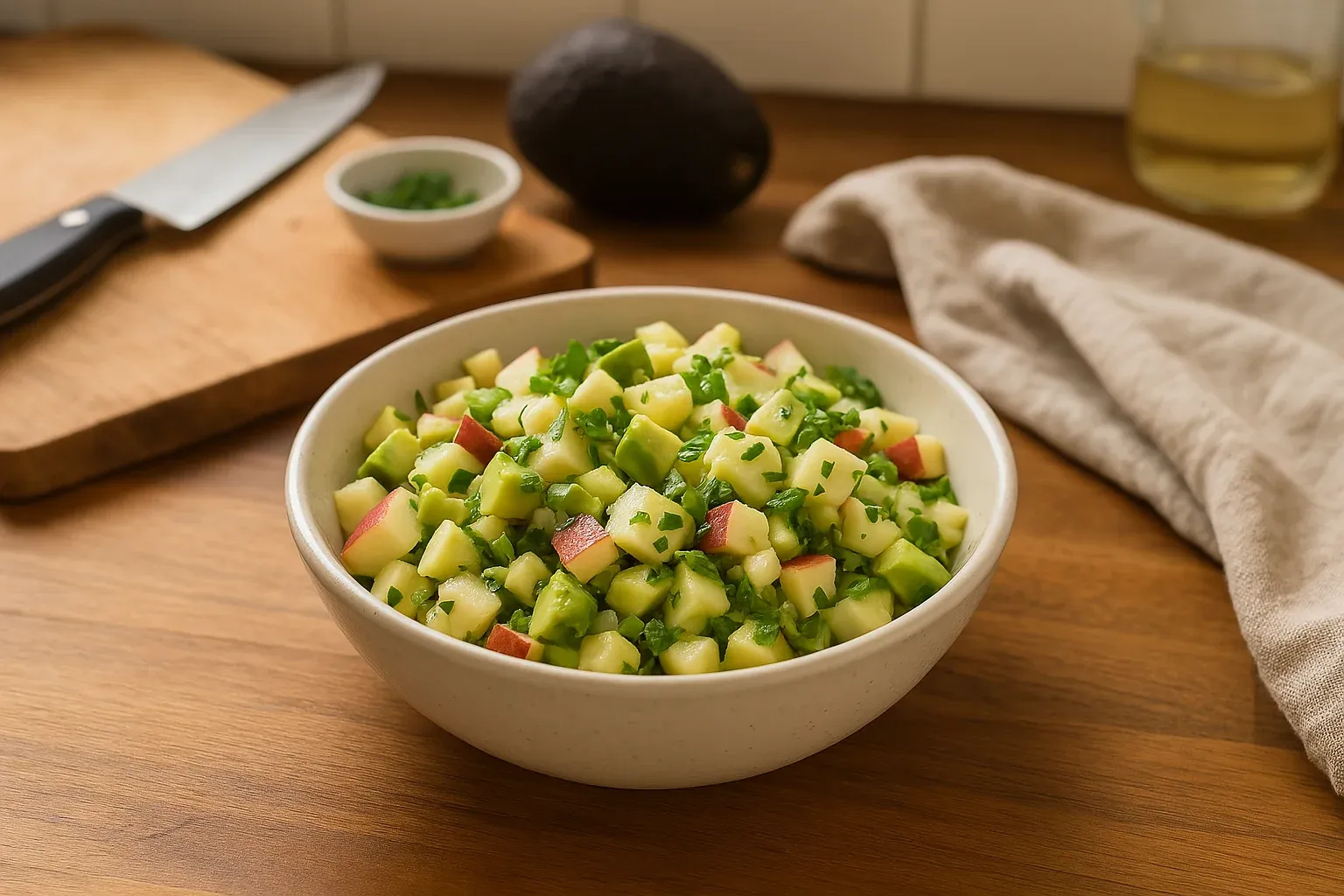Made famous by a Jewish baker in Vienna in 1680s who presented them to the king in honor of his victory over the Turks. The bagel derives its name from the Yiddish word bugel, which describes a round loaf of bread. Brought to America by Jewish immigrants from Europe in the 1880s, it represents the true nature of assimilation that defines the American way. Initially isolated to the Jewish neighborhoods of Manhattan, the bagel has developed into a ubiquitous American breakfast food.
And like the pizza, many who have grown accustomed to the Manhattan variant swear that they can’t get a decent bagel outside the five boroughs. They speculate that it is the hard water that makes the NY bagel so palatable.
Some consider a bagel at its best when smeared with cream cheese or butter, topped with smoked whitefish, red onions, capers and a slice of Swiss cheese. Others may suggest corned beef, smoked salmon or butter alone constitute the perfect accompaniment.
Bagels are made by shaping strands of leavened dough into circles and poaching them in salted boiling water. They are done when the bagel rises to the surface. Once removed from water they are glazed with egg and can be topped with any number of topping from caraway seeds to garlic.
Canada boasts its own version of the bagel (the Montreal) which uses less dough and is slightly flatter than its American cousin.






